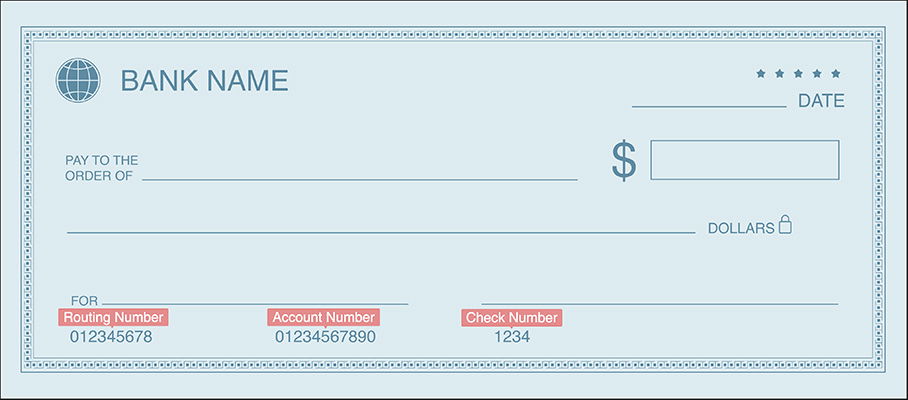Balancing your checking account might sound old-school—but it’s one of the easiest ways to stay in control of your money. It helps you avoid overdraft fees, catch fraud early, and get a clear picture of your spending.

Relying on your bank’s app alone doesn’t always cut it. Pending charges, direct deposits, or old checks can throw off your balance. When you track things yourself, you know exactly where you stand.
It only takes a few minutes, and the payoff is worth it—no more surprises when you check your account.
Key Takeaways
- Balancing your checking account helps you avoid overdraft fees, spot fraud early, and stay on top of your spending.
- Use tools like banking apps, spreadsheets, or a paper register to track your transactions and match them with your bank statement.
- Fix any discrepancies right away by reviewing your recent activity and contacting your bank if something looks off.
Why Balancing Your Checking Account Still Matters
Balancing your checking account isn’t just about avoiding overdraft fees—it’s about knowing exactly where your money stands. Even in the age of real-time banking apps, your available balance can be misleading if you have pending transactions, automatic payments, or checks that haven’t cleared yet.
When you keep your own records, you’re less likely to overspend, miss an error, or let a fraudulent charge slip through unnoticed. It also forces you to check in with your spending regularly, which helps you stay on budget and make better money decisions.
Know What Affects Your Balance
Your checking account balance can shift constantly. Debit card purchases, automatic bill payments, ATM withdrawals, and transfers all impact how much you actually have to spend. Some of these hit your account right away. Others—like checks or certain subscriptions—might take a few days to clear.
That’s why relying only on what your banking app says isn’t enough. It shows your current balance, but not always your true available balance. Balancing your account manually helps you keep track of every transaction, including anything that hasn’t posted yet.
Choose the Right Tool for the Job
You don’t need fancy software to balance your checking account. Just pick a method that fits your style and helps you stay consistent.
- Paper checkbook register works if you like writing things down and keeping a physical record.
- Spreadsheets in Excel or Google Sheets are simple to set up and easy to customize.
- Mobile banking apps offer real-time updates, but they might not reflect pending charges or uncashed checks.
There’s no right or wrong choice—just make sure whatever tool you use helps you track every transaction clearly.
How to Balance a Checking Account in 5 Easy Steps
Balancing your checking account doesn’t need to be complicated. Here’s how to do it in just a few simple steps.
Step 1: Gather Your Records
Start with everything you need—your bank statements, receipts, deposit slips, and any recent transactions from your banking app.
Step 2: Log Every Transaction
Write down all activity in your register or spreadsheet. That includes deposits, withdrawals, debit card purchases, fees, transfers, and automatic payments.
Step 3: Compare With Your Bank Statement
Go through your bank statement line by line. Add any transactions you missed and highlight anything that looks unfamiliar or incorrect.
Step 4: Calculate Your True Balance
Add up your deposits and subtract your expenses. Your total should match the bank’s number—if it doesn’t, something’s off.
Step 5: Fix Any Errors
Double-check your math and look for missing or duplicate entries. Still off? Contact your bank to sort out any errors or fraud.
Build a Routine That Works
Balancing your checking account isn’t a one-time chore—it’s a habit. Try doing it once a month when your statement arrives, or weekly if you use your account often. Regular check-ins make it easier to spot errors, track your spending, and stay on top of your finances.
Even five minutes a week can help you avoid overdraft fees, catch fraudulent charges, and know exactly how much you really have to spend.
Let Tech Make It Easier—but Don’t Rely on It Alone
Banking apps make it easy to monitor your account in real time, but they don’t always show the full picture. Pending transactions, scheduled payments, and uncashed checks may not appear right away.
Use these tools for convenience—but keep your own records too. That extra step can protect you from mistakes and give you a more accurate view of your balance.
Final Thoughts
Balancing your checking account may not be exciting, but it’s one of the easiest ways to stay in control of your money. It helps you avoid unnecessary fees, catch problems early, and build better spending habits.
Pick a method that works for you, stick with it, and make it part of your regular routine. A few minutes here and there can save you a lot of stress later.
Frequently Asked Questions
I rarely write checks. Do I still need to balance my checkbook?
Yes. Even without writing checks, debit card purchases, automatic payments, and transfers can all lead to mistakes or overdrafts. Balancing your account helps you catch issues early and make sure your records match what’s actually available.
I’ve made a mistake and my account is overdrawn. What should I do?
Add money to your account right away to cover the negative balance and any fees. Then review your recent activity to figure out what went wrong—and adjust your tracking to help avoid it next time.
How often should I check my account balance manually?
Once a month is usually enough, especially if you don’t have many transactions. But if you use your debit card often or have a lot of automatic payments, weekly check-ins can help you stay accurate and avoid surprises. The more active your account, the more often you should check it.
What’s the difference between my current balance and my available balance?
Your current balance is the total amount in your account at the start of the business day. This includes all transactions, like deposits and withdrawals, that have been posted to your account. On the other hand, your available balance is your current balance minus any holds (like pending transactions).
Can balancing my checking account improve my budgeting?
Yes—when you know exactly what’s coming in and going out, it’s easier to spot spending habits, cut back where needed, and set a budget that actually works.




